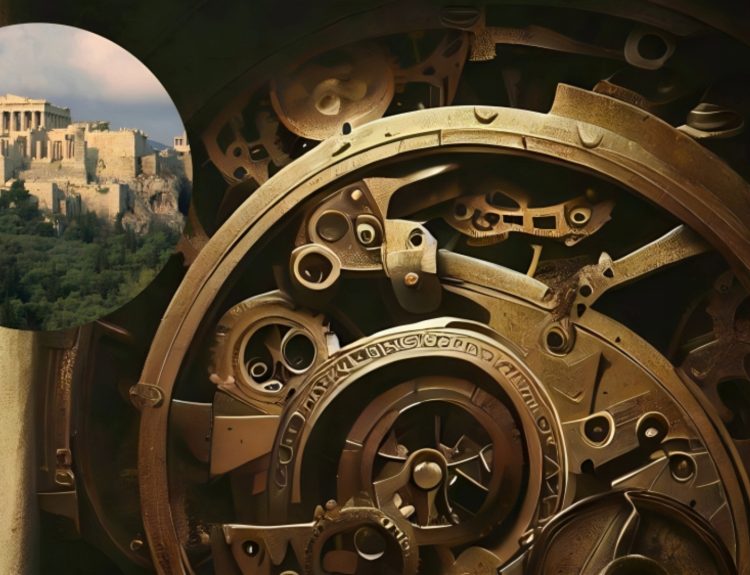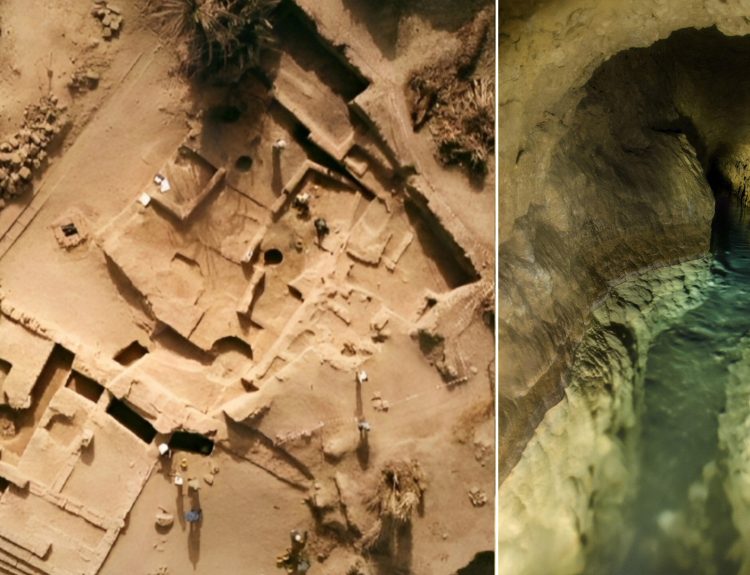When it comes to the mystery of Christ’s resurrection, science and scripture seem to agree. Recent restorations to Jerusalem’s famous Church of the Holy Sepulcher, the site many believe to be Jesus’ tomb, have uncovered details that align with biblical accounts.
Chemical engineers using cutting-edge technologies found a limestone cave with shelves and niches typical of wealthy first-century Jewish burials. The tomb matches the Gospel of Mark’s description of Jesus’ resting place after the crucifixion.
The Historical Record of Jesus’ Death
The Gospels provide detailed accounts of Jesus’ death by crucifixion. All four Gospels state that Jesus was crucified at the order of Pontius Pilate, the Roman prefect of Judea.

According to the Gospels, Jesus was arrested, tried, and sentenced by the Sanhedrin, the Jewish council. They then brought Jesus to Pilate, who had the authority to execute him.
Medical Explanations of Christ’s Wounds
Christ’s crucifixion has puzzled medical experts for centuries. The details of Jesus’s execution in the Gospels suggest his wounds were fatal, yet his body was gone from the tomb just days later.
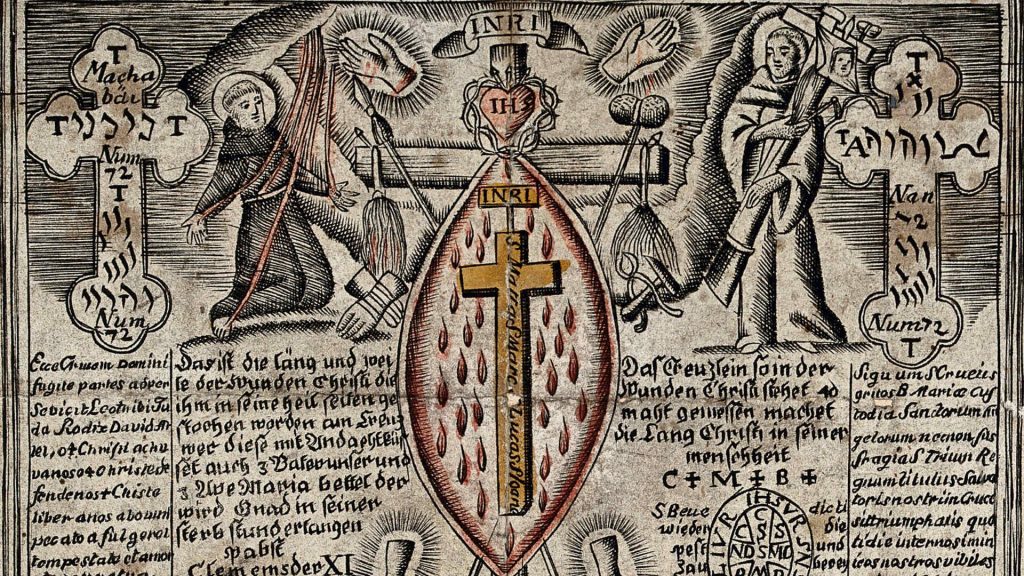
Some researchers believe they’ve found rational scientific explanations for this mystery. According to the Bible, Jesus was flogged, nailed to a cross, and stabbed in the side.
The Possibility of Revival
A “swoon theory” suggests Jesus survived crucifixion but appeared dead. Proponents argue the stress and blood loss caused a coma, and the chill revived him in the tomb. However, most experts dismiss this theory.

Jesus’s injuries were too severe, and revival after such trauma was very unlikely, given the medical knowledge of the time.
The Significance of the Resurrection
The Resurrection of Jesus Christ is the foundation of the Christian faith. According to the Bible, Jesus died by crucifixion and was buried in a tomb.

Three days later, some women found the tomb empty. Angels appeared and told the women that Jesus had risen from the dead. Jesus then appeared to his disciples and others, proving that he had conquered death.
Physical Evidence
The empty tomb is considered the strongest evidence of the Resurrection. If Jesus’ body was still in the tomb, Christianity would not exist today.

Skeptics argue that the disciples stole the body or moved it for unknown reasons. However, Roman soldiers guarded the tomb, and the disciples were terrified after the crucifixion. It’s unlikely they would have risked their lives to steal the body.
Eyewitness Accounts
The Gospels record several eyewitness accounts of people seeing the risen Jesus. The disciples and others saw, heard, touched, and ate with Jesus after the Resurrection.

They proclaimed that “Jesus is alive!” and willingly suffered and died for this belief. Skeptics argue that these accounts were lies or hallucinations, but hallucinations are private experiences not seen by groups.
Transformation of the Disciples
After the crucifixion, the disciples were devastated, frightened, and defeated. However, following the Resurrection, they were transformed into bold preachers who founded the Christian church.
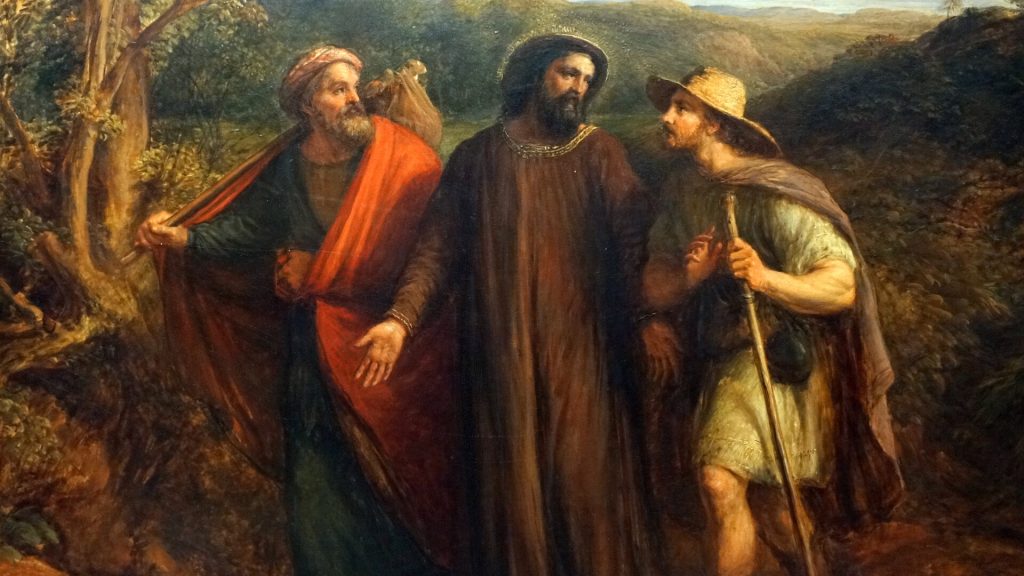
They traveled the known world telling others about Jesus, eventually dying as martyrs. Their dramatic transformation is difficult to explain without believing they saw the risen Christ.
The Empty Tomb in Jerusalem
In 2017, a historic restoration project focused on Jesus’ tomb in Jerusalem. The project used cutting-edge technologies to restore the Holy Aedicule, the sacred tomb of Jesus located within the Church of the Holy Sepulcher.
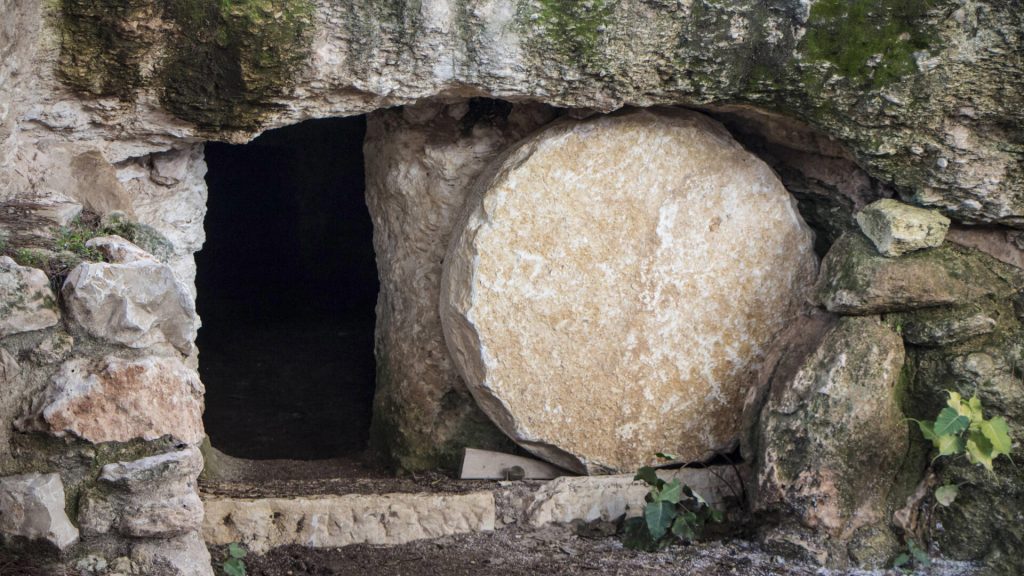
Scientists confirmed that “such shelves and niches, hewn from limestone caves, are common in the tombs of wealthy 1st-century Jerusalem Jews.”
Non-Sectarian Support
Major non-sectarian organizations have supported the conclusion that Jesus’ empty tomb exists. For example, National Geographic created an immersive 3D virtual reality experience, allowing people to explore the Church of the Holy Sepulcher.

They concluded that the tomb’s construction matched typical rock-cut tombs of wealthy Jews from Jesus’ time.
The Gospel Accounts
The empty tomb is also implied in other New Testament writings. In a letter written just 15 to 20 years after Jesus’ death, the apostle Paul lists Jesus’ post-resurrection appearances, the first of which was to Peter (1 Corinthians 15:3-8).

The tomb must have been empty for Peter to see the risen Jesus. The Jewish historian Josephus, writing in the first century, refers to Jesus’ resurrection appearances and the belief in his resurrection.
Enemy Attestation
The empty tomb is also supported by “enemy attestation.” Jesus’ opponents had every reason to produce his dead body to disprove claims of his resurrection but could not.
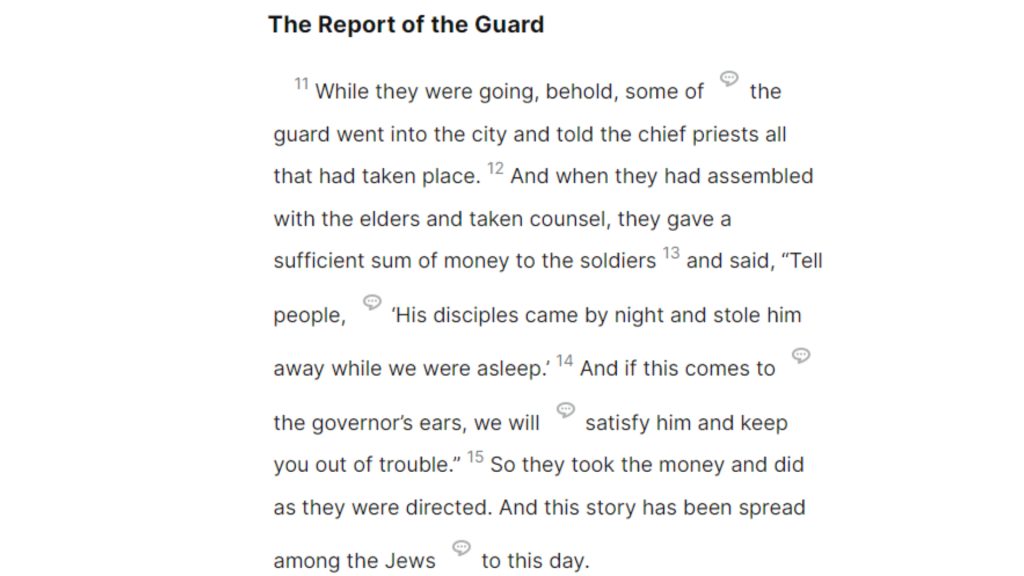
Instead, the Jewish authorities bribed the tomb guards to spread the tale that Jesus’ disciples stole his body (Matthew 28:11-15).
The Resurrection as the Central Claim of Christianity
According to the Bible, after Jesus was crucified on Good Friday, his body was laid to rest in a tomb. Three days later, some women went to the tomb and found it empty.
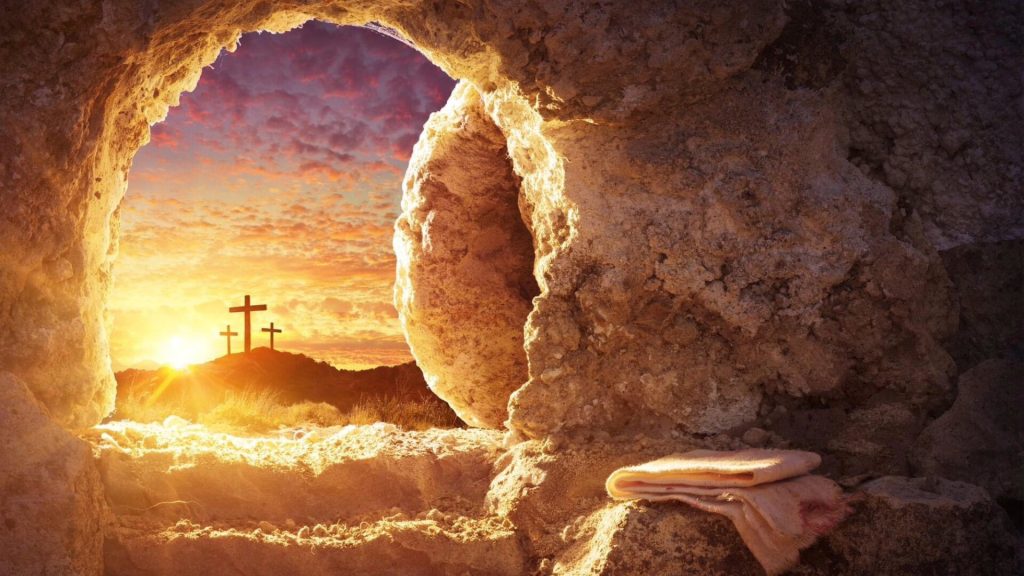
The Resurrection demonstrates Jesus’ power over death and gives hope of eternal life. For Christians, it confirms Jesus as God’s Son and humanity’s savior.
Miracle or Myth?
Skeptics argue that there are natural explanations for the resurrection accounts, including that Jesus did not die on the cross, his body was stolen, or the disciples experienced hallucinations.
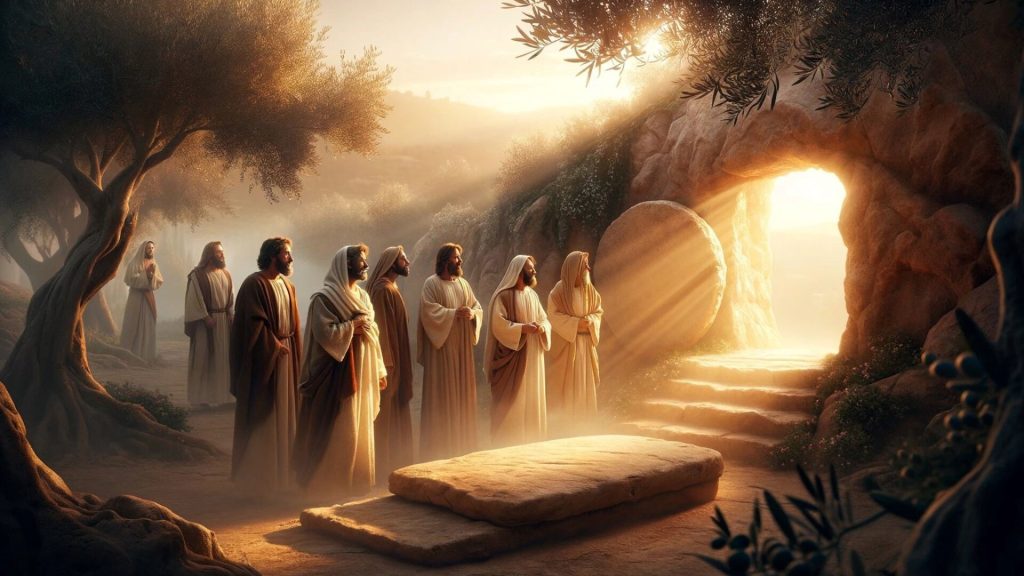
However, Christian apologists counter that the execution procedures of crucifixion were unlikely to fail, the guarded tomb makes body theft improbable, and group hallucinations are rare.
Scholars Debate the Meaning of “Resurrection”
The resurrection of Jesus is a hotly debated topic among scholars, with varying interpretations of the term “resurrection.”
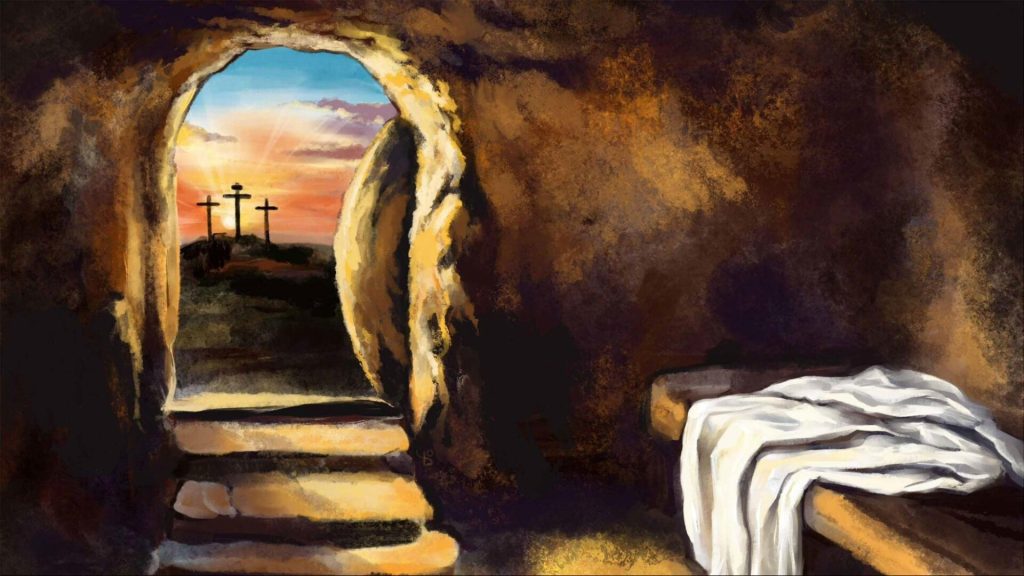
Historians have analyzed early Christian writings and found that ancient peoples understood resurrection differently. Some believed in a spiritual resurrection – raising the spirit or soul from the dead. Others believed in a bodily resurrection.




